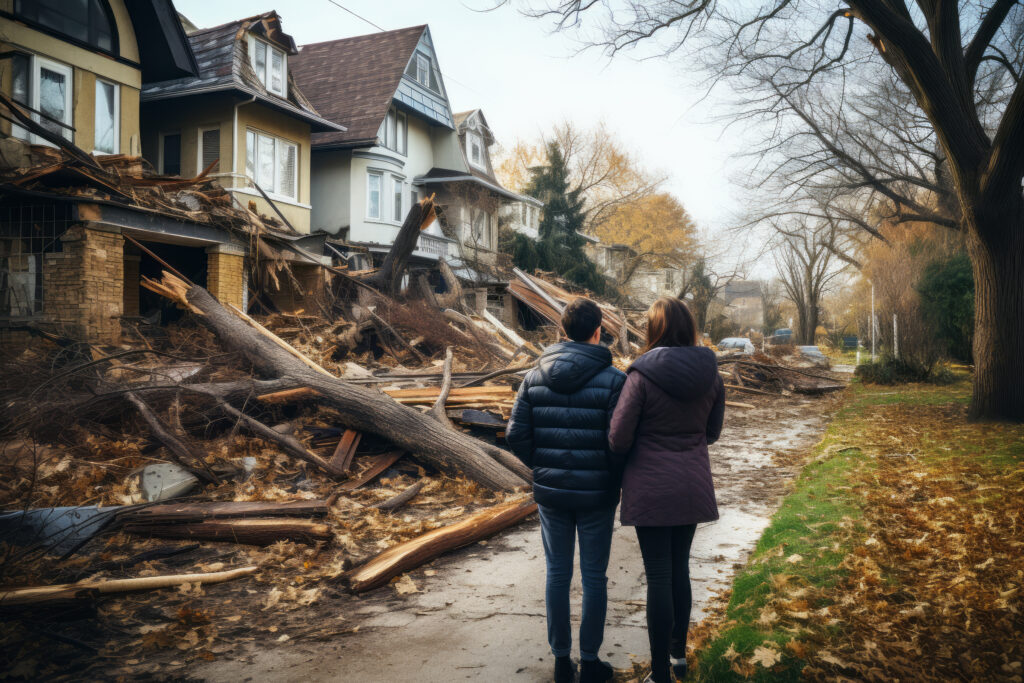America has faced many crises over its history, such as wars, recessions, pandemics, and natural disasters. However, one of the ongoing and greatest threats to the stability of its economy and society is unfolding more quietly. It is none other than a massive housing shortage. It may appear as a real estate problem on the surface, but in reality, it is a national emergency affecting millions of families, economic competitiveness, and even national security.

The Scale of the Shortage
Experts estimate the U.S. is short between 3.8 and 5.5 million housing units. That means millions of Americans are locked out of the opportunity to own a home or even secure affordable rent. In Western states like California, Nevada, and Arizona, the situation is especially severe. Rising demand collides with limited supply, pushing prices higher each year. The consequences ripple across society. Families spend more than 30% of their income on housing, which is the threshold for being considered “cost-burdened.” In California, over half of renters fall into this category, and even 38% of homeowners are in the same position. When Americans are forced to dedicate such a large share of their paycheck to housing, their education, quality of life, and retirement security suffer.
A Rising Concern of the Nation
Homeownership has historically been a cornerstone of the American Dream, a way for families to build wealth and stability across generations. When homeownership becomes unattainable, hope begins to erode.
Worse, the housing shortage has direct consequences for the economy. Employers struggle to attract workers to regions where housing is scarce or unaffordable. Young families delay having children. Migration patterns shift, placing pressure on other states. In short, when millions of Americans can’t secure stable housing, the workforce mobility, productivity, and long-term competitiveness are all put at risk.
And then there’s the geopolitical dimension. If America cannot house its people affordably, how can it credibly lead the world in solving global scarcity challenges?
The Roots of the Crisis
There are various issues fueling the housing shortage crisis. Federal land ownership in Western states ties up developable space. Zoning restrictions prevent higher-density construction in existing cities. Infrastructure is outdated, designed for an earlier era, and unable to keep up with modern needs. Capital distortions, from foreign investment to the explosion of data centers, further drive up land and energy costs.
In California, the problem is compounded by water scarcity and wildfire risk. New homes require water, insurance, and reliable infrastructure, all of which are under strain. The tragic wildfires of 2025 revealed how vulnerable existing communities already are, and yet rebuilding has been slow, with bureaucratic hurdles leaving thousands of families in limbo.
The National Emergency Demands Reliable Solutions
Incremental tweaks will not solve a crisis of this scale. Subsidies, small zoning reforms, or token affordable housing projects barely scratch the surface. What is needed is a new model, a bold, large-scale approach that matches the magnitude of the challenge.
This is where President Trump’s concept of Freedom Cities enters the picture. Proposed as master-planned communities built on underutilized federal land, Freedom Cities represent a chance to create affordable housing at scale. These cities would not only provide millions of new homes but also integrate modern infrastructure, water recycling, desalination, renewable and reliable power, data centers, and efficient transportation systems.
As explored in Robert Simpson’s book From Hydrants to Housing: Reframing the Western Crisis, it shows how Freedom Cities, water-efficient infrastructure, and market-driven innovation can restore affordability and stability. Not only would it help resolve the housing issue, but it could also address the water shortage in certain states like California.
